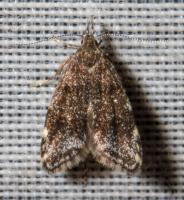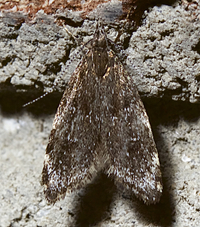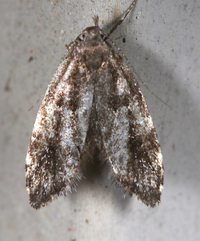
| Recorded by: Jim Petranka on 2025-06-08
Madison Co.
Comment: | 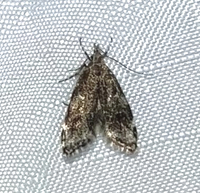
| Recorded by: Ken Kneidel on 2024-06-24
Watauga Co.
Comment: |
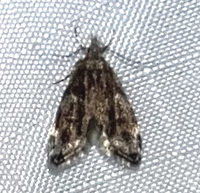
| Recorded by: Ken Kneidel on 2024-06-24
Watauga Co.
Comment: | 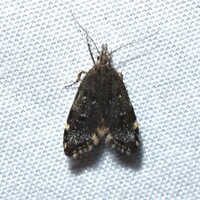
| Recorded by: Jeff Niznik on 2024-05-12
Madison Co.
Comment: |
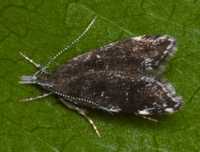
| Recorded by: Stephen Dunn on 2024-05-07
Orange Co.
Comment: | 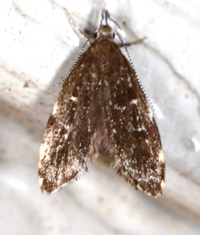
| Recorded by: Jim Petranka on 2023-06-01
Madison Co.
Comment: |
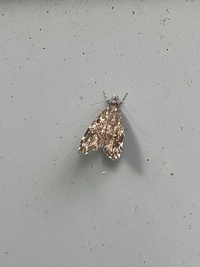
| Recorded by: Morgan Freese on 2023-05-28
Buncombe Co.
Comment: | 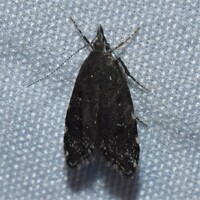
| Recorded by: David George, Jeff Niznik on 2023-05-12
Durham Co.
Comment: |
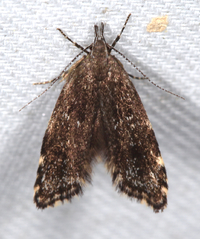
| Recorded by: Jim Petranka on 2023-05-09
Madison Co.
Comment: | 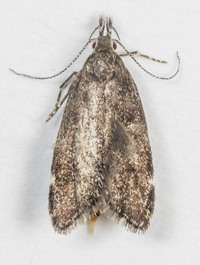
| Recorded by: Steve Hall, David George, Jeff Niznik on 2023-04-29
Orange Co.
Comment: |
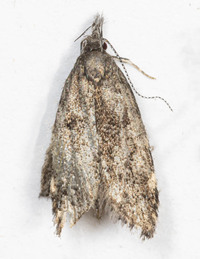
| Recorded by: Steve Hall, David George, Jeff Niznik on 2023-04-29
Orange Co.
Comment: | 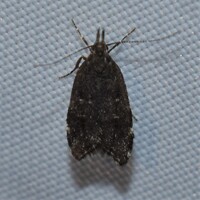
| Recorded by: David George, Jeff Niznik on 2023-04-21
Durham Co.
Comment: |
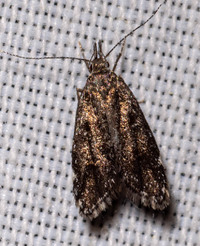
| Recorded by: Stephen Hall on 2023-04-19
Orange Co.
Comment: | 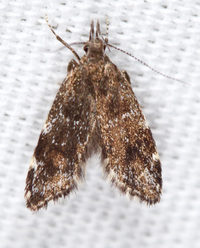
| Recorded by: Jim Petranka and Becky Elkin on 2022-08-14
Madison Co.
Comment: |
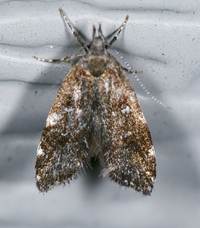
| Recorded by: Jim Petranka on 2022-06-04
Madison Co.
Comment: | 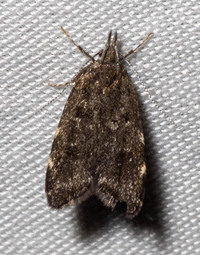
| Recorded by: Stephen Hall on 2022-05-15
Orange Co.
Comment: |
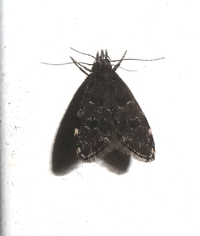
| Recorded by: Simpson Eason on 2022-05-05
Durham Co.
Comment: | 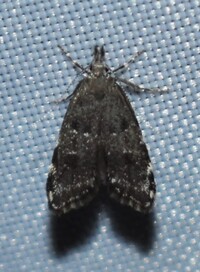
| Recorded by: Jeff Niznik on 2022-05-05
Wake Co.
Comment: |
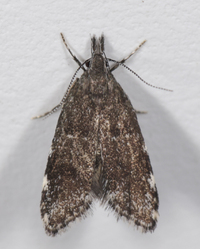
| Recorded by: John Petranka on 2022-05-04
Orange Co.
Comment: | 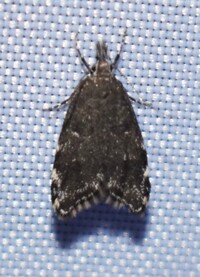
| Recorded by: Jeff Niznik on 2022-04-30
Wake Co.
Comment: |
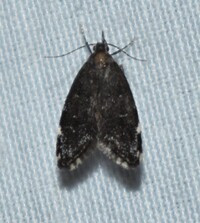
| Recorded by: Jeff Niznik on 2022-04-25
Wake Co.
Comment: | 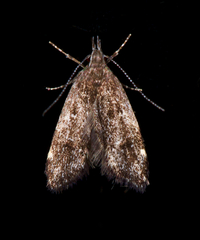
| Recorded by: Jim Petranka on 2021-09-07
Madison Co.
Comment: |
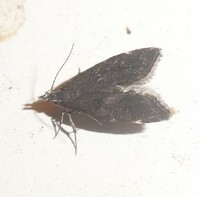
| Recorded by: Simpson Eason on 2021-05-24
Durham Co.
Comment: | 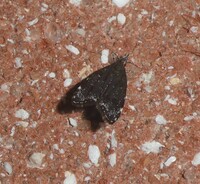
| Recorded by: Simpson Eason on 2021-05-23
Durham Co.
Comment: |
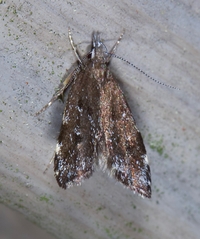
| Recorded by: Jim Petranka and Becky Elkin on 2020-06-08
Madison Co.
Comment: | 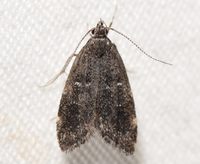
| Recorded by: Kyle Kittelberger on 2020-05-17
Wake Co.
Comment: |
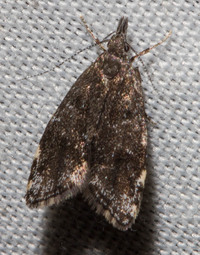
| Recorded by: Stephen Hall on 2020-05-03
Orange Co.
Comment: | 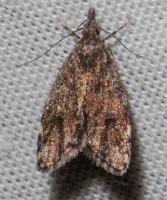
| Recorded by: Stephen Hall on 2020-05-03
Orange Co.
Comment: |
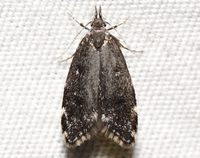
| Recorded by: Kyle Kittelberger on 2020-05-03
Wake Co.
Comment: | 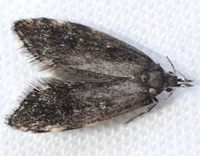
| Recorded by: Kyle Kittelberger on 2020-05-03
Wake Co.
Comment: |
|

 »
»